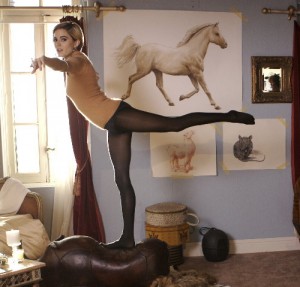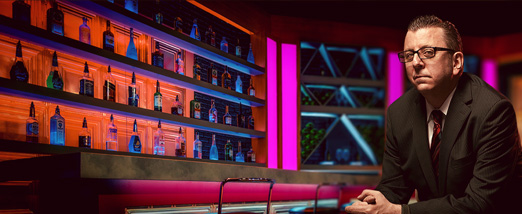FACTORY GIRL: 3 STARS
 During her short life Edie Sedgwick was a complex character who was many things to many people. She was an heiress, a drug addict, Vogue’s “Youthquaker” of 1965, one of Andy Warhol’s Superstars, the Queen of underground art scene and a relative of one of the signatories of the Declaration of Independence. She was the darling of hip New York society who battled mental illness. She was a poor little rich girl who lived at the seedy Chelsea Hotel. In death she became a legend.
During her short life Edie Sedgwick was a complex character who was many things to many people. She was an heiress, a drug addict, Vogue’s “Youthquaker” of 1965, one of Andy Warhol’s Superstars, the Queen of underground art scene and a relative of one of the signatories of the Declaration of Independence. She was the darling of hip New York society who battled mental illness. She was a poor little rich girl who lived at the seedy Chelsea Hotel. In death she became a legend.
A new film, Factory Girl, attempts to present Sedgwick in all her multifaceted glory, but only manages to skim the surface. Director George Hickenlooper is clearly in love with the topic and the times and it shows. The movie made me want to time travel back to 1966 New York to check out the art scene and go to at least one of the parties shown in the movie. He has recreated Warhol’s famous tinfoil-wall papered factory with great care and taken pains to get the small stuff right. It’s the larger details that the movie has trouble with.
The basic problem here is that the two main characters—Edie and Andy—are presented as one dimensional people, so self-obsessed and emotionally detached that it’s hard for the audience to care one way or another about them. By the time Edie’s life starts to spin out of control it’s too late for her and the audience. Never given the chance to connect with her on a level other than the superficial her downfall seems somehow inevitable and contrived.
Superficially though, the main actors nail it. They look great, Guy Pierce mimics Warhol’s frail, pale-skinned cool to a tee, while Sienna Miller (who’s actually much prettier than Edie was) brings the glamour and enchantment to Edie that made the real-life Edie so interesting. Too bad they didn’t dig a little deeper.
Factory Girl is all surface and no heart, but it’s a pretty good surface.
